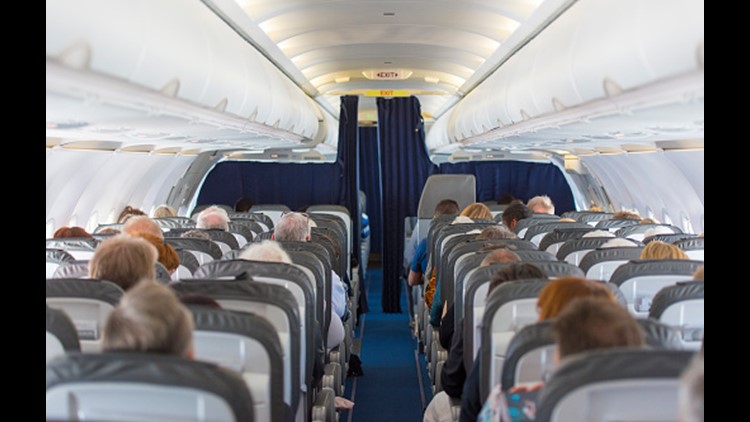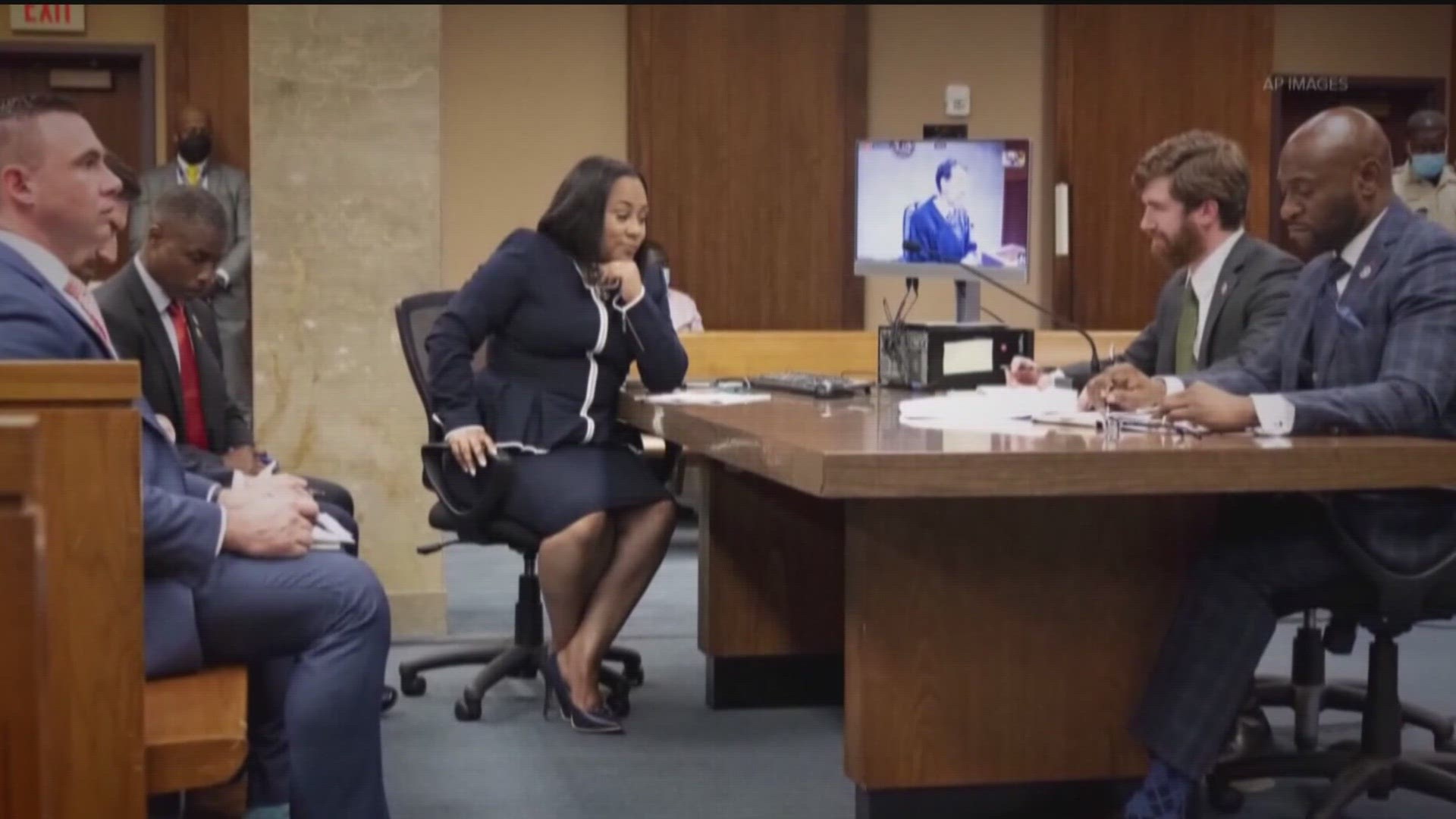The Wednesday before Thanksgiving is one of the busiest days of the year for flying at Hartsfield-Jackson as people head off for the holiday.
We've all heard the stories of people getting sick after flying. But are planes really prone to passing germs? 11Alive's VERIFY team set out to check those claims.
QUESTION
Are planes really prone to passing germs?
ANSWER
True, there is a reasonable chance you'll get sick after you fly.
EXPLANATION
Let's got through it piece-by-piece.
Flyers usually blame getting sick on the recirculated cabin air. But an International Air Transportation Study says in-cabin HEPA filters get rid of 99.99 percent of germs and microbes in the air. Plus, only half the cabin air gets recirculated.
So while cabin air won't get you sick, you should be more focused on the airplane bathrooms. Drexel medicine calls them "the germiest place on a plane." Because there's only a couple bathrooms for more than 100 people, that makes sense. In fact, Drexel actually goes so far to say passengers are better off not touching anything with their bare hands. Instead, they say flyers should use paper towel as a buffer.
Another source of germs on a plane include the seat-back pocket and tray tables. A Travel Math study found 2,155 colony-forming bacteria per square inch on a tray table -- in four different planes. To put that in context, they found only 265 colony-forming bacteria on the plane's toilet's flush button! Additionally, a study by Auburn University found bacteria can live in a seat-back pocket for up to a week.
So, overall, while passengers shouldn't be worried about catching any airborne germs, they should definitely watch what they touch.
SOURCES



